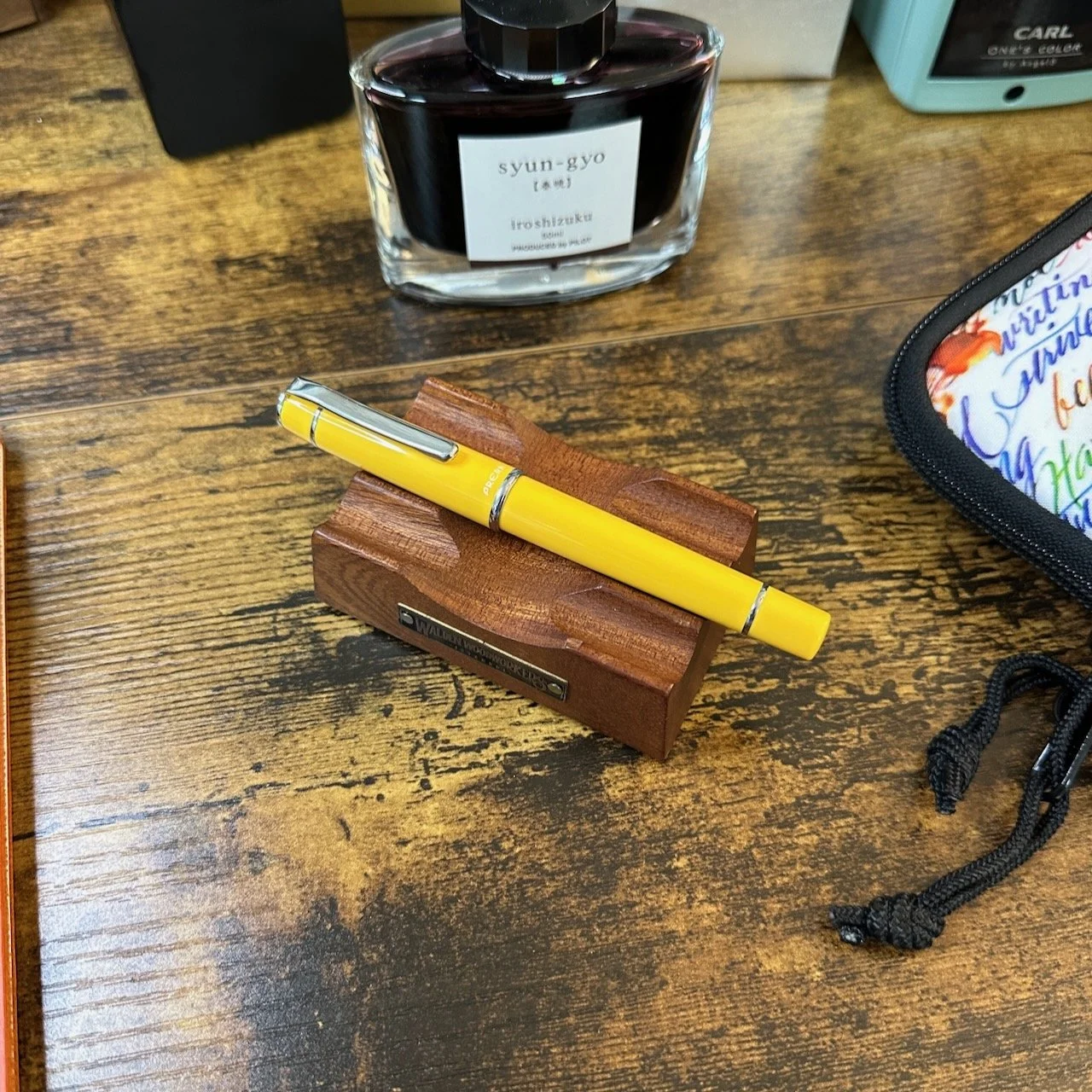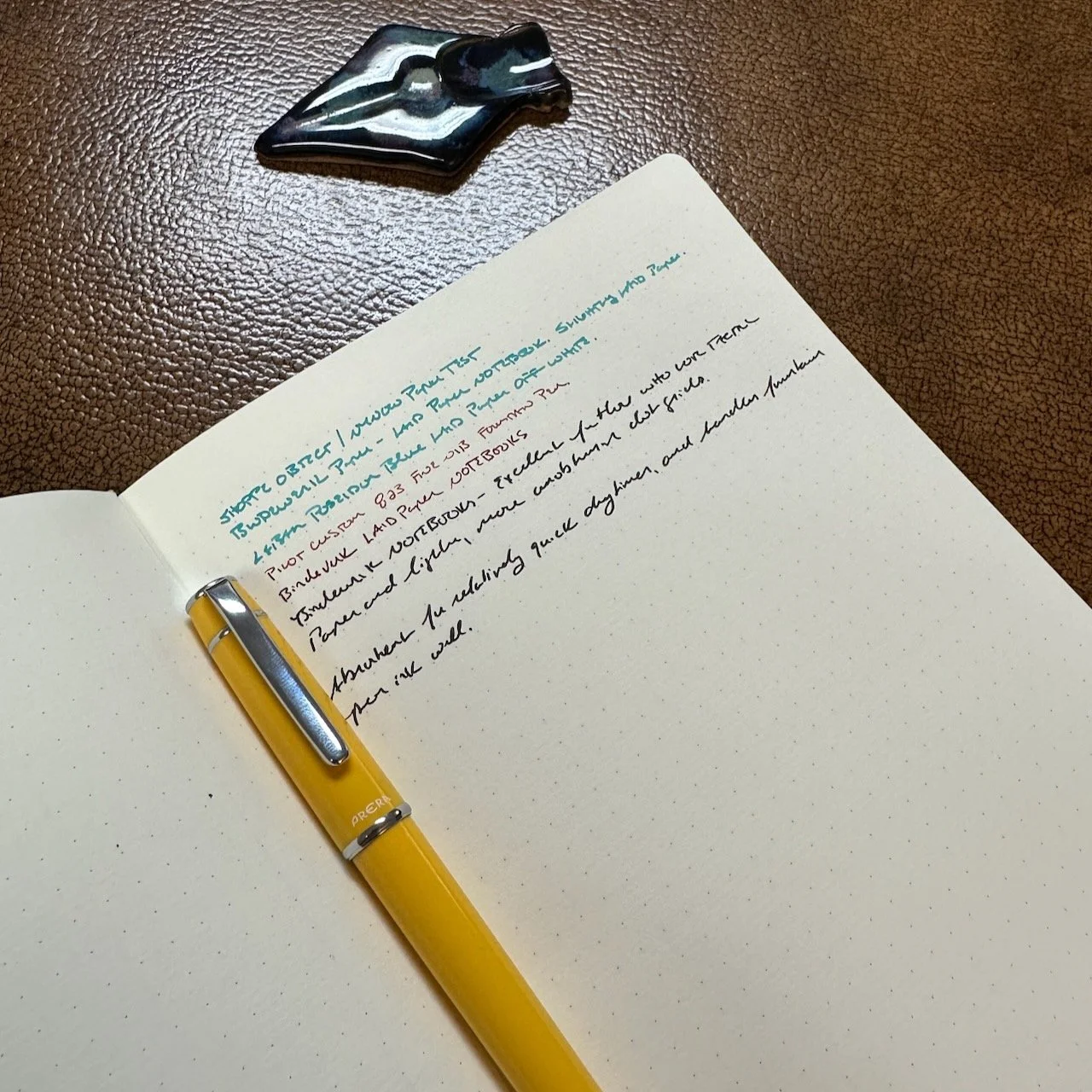The Pilot Kakuno fountain pen is loved by fountain pen enthusiasts as a relatively inexpensive, reliable option perfect for both new and experienced users. I’ve always found the Kakuno comfortable to use, and it’s signature nib writes just as you would expect from a Pilot pen! I regularly have new users ask if they need to “upgrade” from their Kakuno to a more expensive pen, and are surprised to learn that I love the Kakuno myself as a great daily driver option - not just as a starter pen for beginners.
This year, Pilot has released the Kakuno “Madoromi” series, which features five “drowsy” pastel colors inspired by a theme of naps and dreams. These pens are slightly translucent, and come in shades of milky white, blue, grey, and pink, paired with a gold-toned nib. Currently available with either a fine or medium nib. Get yours now, and we have recently restocked on other Pilot offerings including the Pilot Explorer Fountain Pen and the Pilot Prera. Standard Kakuno colors are also available.
The Gentleman Stationer is an authorized retailer of Pilot Pens. You can support us by shopping online or visiting us in person at our Nashville location, open Thursday and Friday from 1-6pm and Saturday from 10am-6pm. For extra content and exclusive offers, check out our Patreon program.

